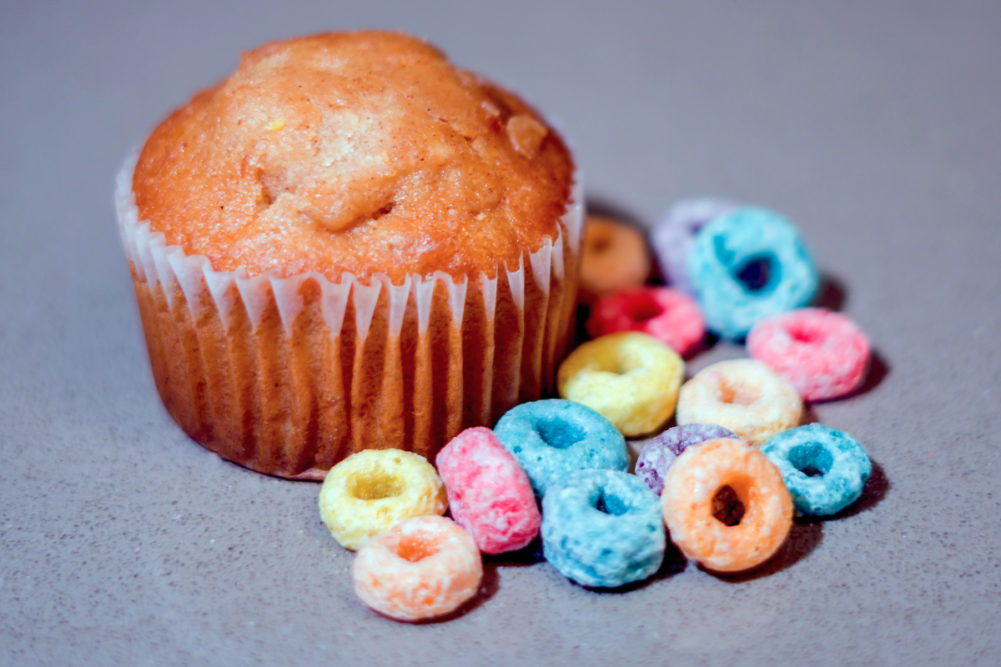WASHINGTON, DC, US — The impact of the coronavirus (COVID-19) and the subsequent stockpiling that has taken place lifted the Consumer Price Index (CPI) to unprecedented levels in April. The CPI is a measure of the average change over time in the prices paid by urban consumers for a market basket of consumer goods and services.
In the case of baked foods and cereal products, the CPI in April rose 2.7%, according to the Bureau of Labor Statistics of the US Department of Labor. At 285.2 of the 1982-84 average, the April index for Cereals and Bakery products was at an all-time high, smashing the previous record of 277.6 set last month. The month-over-month increase of 2.7% was the sharpest increase ever for the index and marked only the second time the monthly jump has exceeded 2% (the other being a 2.1% increase in February 2008, during the Great Recession).
Meanwhile, the index for all food at home also rose, increasing 2.6% to a record 252.7. It was the first month-over-month gain of more than 1% since March 2011.
Of the 18 items followed by Milling & Baking News, a sister publication of World Grain, 17 posted month-over-month gains and only 1 — fresh cakes and cupcakes — finished lower.
In connection with the release of this month’s reports, the BLS shed light on its data collection process. Typically, the price data used to calculate the CPI primarily are provided by two different surveys that are administered by the BLS continuously each month. The surveys are comprised of a Commodities and Services Pricing Survey, which is an establishment survey of businesses selling goods and services to consumers, used to provide the price data for the CPI, and a Housing Survey, which is a survey of landlords and tenants used to provide rent data for CPI’s shelter indexes.
According to the BLS, the survey operations for CPI pricing surveys may be affected by limitations on data-collection staff, the availability of survey respondents, and the availability of items. The CPI data are collected throughout the entire month, with any price in the survey potentially reflecting the first 10, second 10 or final 10 days of the month. The BLS said it typically uses several data-collection modes for CPI surveys that include telephone, internet and automated electronic data capture. However, the majority of data are collected by personal visit.
Approximately 65% of CPI price data and 50% of CPI rent data are typically collected by personal visit. But since the onset of the COVID-19 pandemic (March 5 in the Seattle area and March 16 everywhere else), BLS said it has suspended all personal data collection.
“Upon suspension of in-person data collection, CPI data collectors were instructed to attempt to collect data normally collected by personal visit by telephone, email or by internet from the website of the establishment, if a website exists,” the BLS said. “CPI data collectors were specifically instructed not to contact establishments by telephone when it would cause an undue burden on respondents. These types of establishments include hospitals, physician’s offices, grocery stores, department stores, and restaurants.”
The BLS said a CPI index is not published if it fails a data-quality standard known as an adequacy ratio. Specifically, if BLS fails to collect at least one price in a geographic area that accounts for more than half the geographic weight of the index, the index is not published, the agency said.
“Even in months without disruptions, some minor indexes with small samples occasionally fail this standard and are not published,” the BLS said. “Data-collection disruptions would have to be extremely severe for major CPI indexes not to be published based on this standard. Data-collection disruptions may be more severe in some areas than others, and it is possible that some data for metro areas may fail data quality standards and not be published. BLS will continue to monitor data-collection disruptions.”
The CPI for cereals and cereal products in April was 232.3, up 1.9% from March and up 1.5% from April 2019. The index for products within this category included: flour and prepared mixes, 239, up 1.3% from March and up 1.3% from the previous year; breakfast cereal, 224.8, up 1.4% from the previous month and up 0.3% from a year ago; and rice, pasta and corn meal, 244.9, up 2.4% from March and up 2.9% from April 2019.
The price index for bakery products in April was 315.8, up 3% from March and up 3.7% from April 2019.
The April index for bread was 194.2, up 3.6% from March and up 5% from April 2019. Under this heading, the CPI for white bread was 355.3, up 3.4% from March and up 6% from April 2019. For bread other than white, the index was 374.5, up 3.3% from March and up 4.1% from a year ago.
The price index for fresh biscuits, rolls and muffins in April was 186.2, up 3.5% from March and up 3.7% from April 2019. The April index for cakes, cupcakes and cookies was 296.8, up 1.5% from March and up 2.2% from April 2019. Under this segment, other price indexes included fresh cakes and cupcakes, 308.8, down 2.3% from March and down 2.9% from April 2019; and cookies, 286.2, up 4.9% from the previous month and up 5.9% from the previous year.
The CPI for other bakery products in April was 278.7, up 3.4% from March and up 3.5% from April 2019. Under this heading, other price indexes in April included: fresh sweet rolls, coffee cakes and donuts, 322.2, up 4.7% from March and up 3.6% from April 2019; crackers and cracker products, 321.1, up 3.8% from March and up 6% from April 2019; and frozen and refrigerated bakery products, pies, tarts and turnovers, 273, up 2% from March and up 0.2% from the previous year.




